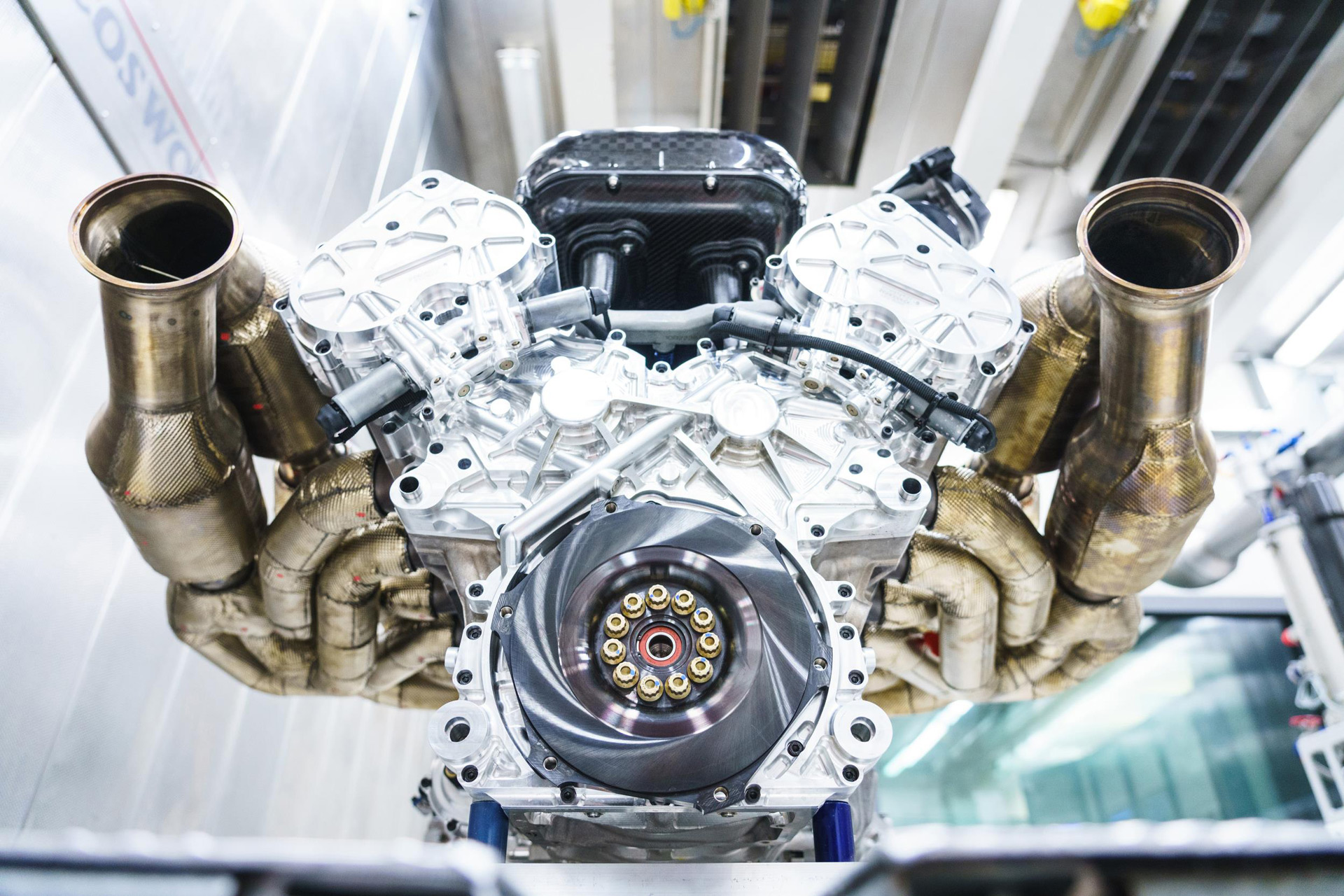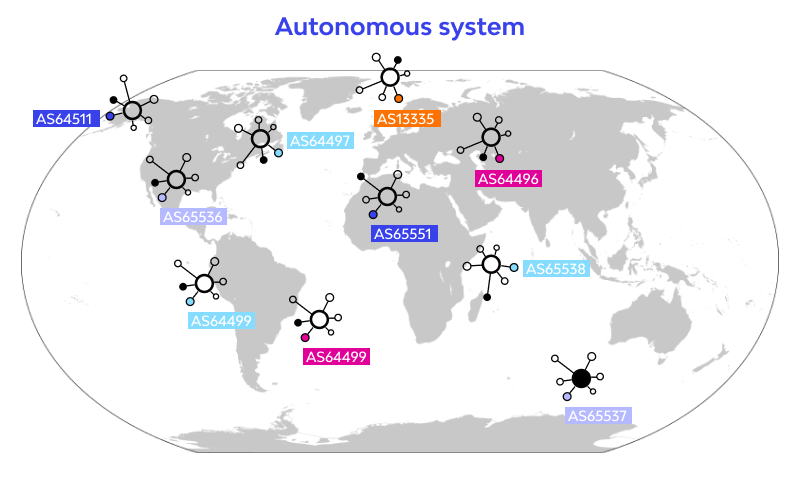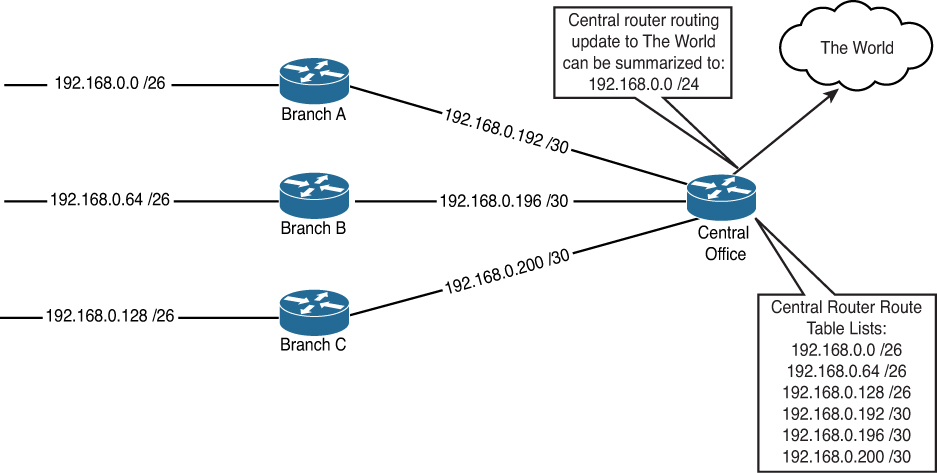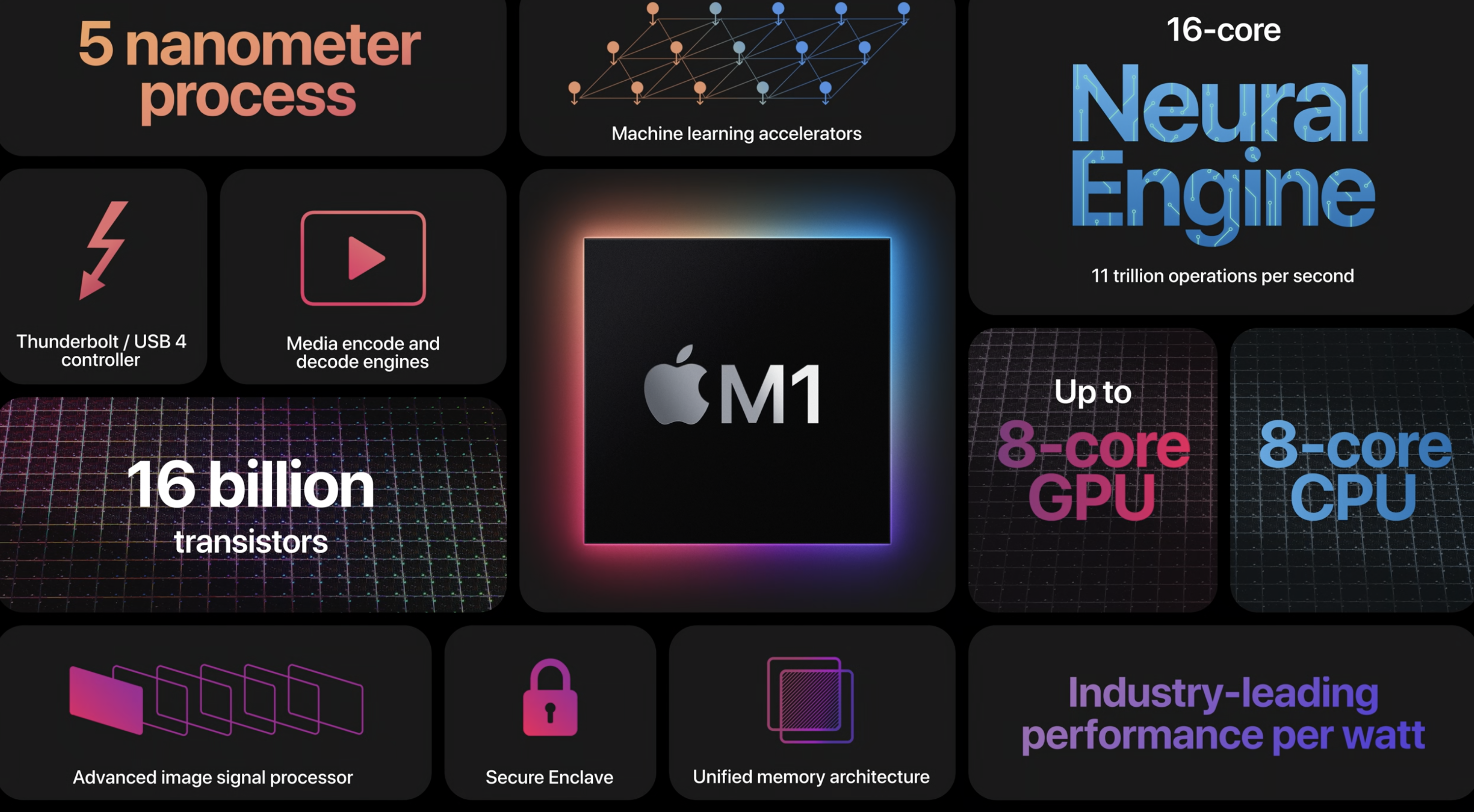Neural network for peers communication Compositor NRTOS is a UNIX-type operating system. You can program it via the modified micro-architecture kernel Compositor RAD96 and the command line UNIX (Terminal macOS). Compositor RAD96 microkernel is equivalent to the future Linux kernel version 8.5.6, which, starting with version 5, runs at the sampling rate of the modem driver. You can also program…



